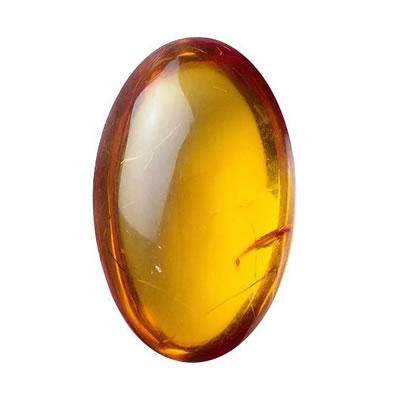Quartz

quartz family
Quartz jewelry
Etymology and history
The word "quartz" is derived from the German word "quarz", which was imported from Middle High German, "twarc", which originated in Slavic (cf. Czech tvrdy ("hard"), Polish twardy ("hard"), Russian твёрдый ("hard")), from Old Bulgarian (Church Slavonic) тврьдъ ("firm"). Quartz is attractive and durable, as well as inexpensive.
Quartz description
Quartz (silica) as a crystal, quartz is used as a semiprecious gem stone. Cryptocrystalline forms may also be gem stones: agate, jasper, onyx, carnelian, chalcedony, etc. Crystalline gem varieties include amethyst, citrine, rose quartz, smoky quartz, etc. Because of its piezoelectric properties quartz is used for pressure gauges, oscillators, resonators, and wave stabilizers; because of its ability to rotate the plane of polarization of light and its transparency in ultraviolet rays it is used in heat-ray lamps, prism, and spectrographic lenses. Used in the manufacture of glass, paints, abrasives, refractoriness, and precision instruments. As a mineral name, quartz refers to a specific chemical compound (silicon dioxide, or silica, SiO2), having a specific crystalline form (hexagonal).
Quartz in jewelry
Quartz is one of the best stones to choose when buying jewelry, they are extremely beautiful and perfect for being set in a ring, for bracelets, earrings and for charms. It is also used for jewelry in its natural shape which is branch like. Usually it is first polished.
Occurrence
Quartz is one of the most common minerals on earth. Major producers of natural quartz crystals are the United States (particularly Arkansas) and Brazil. Natural quartz is rarely used as found in nature (especially in electrical applications), except as a gemstone.
Talk to Our Jewelry Experts
Monday to Friday from 9AM to 5PM EST













